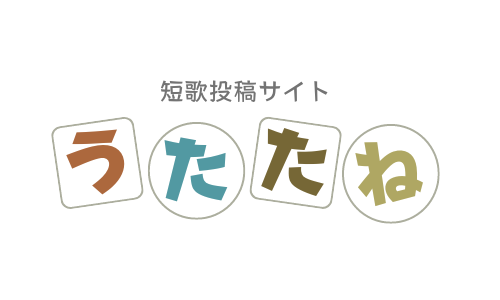Dealing with blocked drains swiftly and effectively requires an in-depth understanding of the problem and drain repairs implementing appropriate solutions. Chemical cleaners can also aid in disintegration; however, wessex water leak repair water contractor they should be used cautiously due to their potential harm to the environment. Minor blockages can often be fixed using plungers or hand augers, which create pressure to dislodge blockages.
Proper usage and training, thus, neutralize the potential dangerous aspect, fortifying the position of drain jetting in the industry. While it’s important to note that high-pressure water has the potential to cause injury if improperly used, the plumbing industry is aware of this risk, and professionals are adequately trained to handle equipment safely. With its impressive capabilities, one might wonder about the possible downsides of drain jetting.
Water utility companies have also started transitioning to renewable energy sources to power their operations as part of their sustainability agendas. Advanced practices like desalination and wastewater recycling are swiftly gaining traction, offering solutions to water scarcity issues, especially in arid and semi-arid regions.
Expert companies with specialized equipment can assess and address blockages, locating the specific problem area and applying the most effective solution. Professional help should be sought when blockages persist or the severity escalates, as some problems may not be visible on the surface. They can also provide guidance and advice on prevention measures, such as regular checks and drain maintenance, and drain cctv drain survey better disposal habits.
For water leak repair instance, Remote Evaluation Diagnostic Inspection (REDI) uses closed-circuit television (cctv drain survey) to assess the state of pipes, enabling early identification and of blockages. Additionally, various equipment and gadgets that easily unclog blocked drains are already in the market, drain jetting making it effortless and quick to restore normalcy once a blockage occurs. Technological advancements also offer a way forward in the management of blocked drains.
Materials used for the construction of drainage systems may depend on several factors including the nature of the waste, local building laws, cost, and durability. Popular choices include clay, concrete, Cast Iron, Acrylonitrile Butadiene Styrene (ABS) or Polyvinyl Chloride (PVC) pipes.
In comparative terms, traditional methods of clearing drains, such as rodding or the use of chemical cleaners, are limited in their effectiveness, often requiring iterative procedures or simply failing to remove dense blockages. Alternatively, drain jetting delivers a highly efficient one-time solution, removing the need for regular maintenance and standing as a testament to the might of technological advancement in plumbing.
Preliminarily, it is vital to grasp a broader understanding of what drain jetting entails. This powerful force slices through and flushes out debris and blockages, guaranteeing a comprehensively clear path for the seamless passage of water. Originating from the concept of power washing, drain jetting specifically involves inserting a high-pressure water-jetting nozzle into the drain cctv, with water thrust out from all directions.
Charged with water sourcing, purification, drain jetting distribution, and waste treatment, water utilities are intricate systems that work seamlessly to keep homes, communities, and industries functioning. In nearly every corner of the Earth, humans rely on water utilities for their daily survival and broader well-being. Water utilities remain an essential and complex component of public services.
Lastly, public understanding and acceptance of new technologies also impedes their implementation as it requires education and sensitization of the masses. Regulatory constraints are another hurdle, with policies and laws that govern water resources often proving to be stumbling blocks due to their complexity and sometimes, lack of organization and order.
The disturbance caused by blocked drains on daily routines cannot be underestimated. Such situations are not only disruptive to regular human activities but can also lead to substantial financial costs in repairs and refurbishments. Often a sure sign of a blockage occurs when one notices a slow trickling of water out of the sink or foul odors emanating from the drains. Blocked drains can also cause water to gush back up into sinks or toilets, leading to flooding incidents.
Drainage systems vary based on the type and amount of water they manage. On the other hand, storm sewers manage rainwater runoff from rooftops, streets, and other urban surfaces. Sanitary sewers handle wastewater from households, commercial buildings, and industrial facilities. This includes water from sinks, showers, toilets, washing machines, and industrial processes. The two primary types are sanitary sewers and storm sewers.
Computerized systems control the water pressure and flow rate, ensuring a constant, reliable supply. Water distribution deals with the delivery of the purified water to individuals, communities, and industries through an intricate system of pipes, pumps, and storage tanks. Regular monitoring and maintenance of this infrastructure is critical in avoiding leaks and contamination, which could lead to enormous water loss, economic impact, or even health crises.



